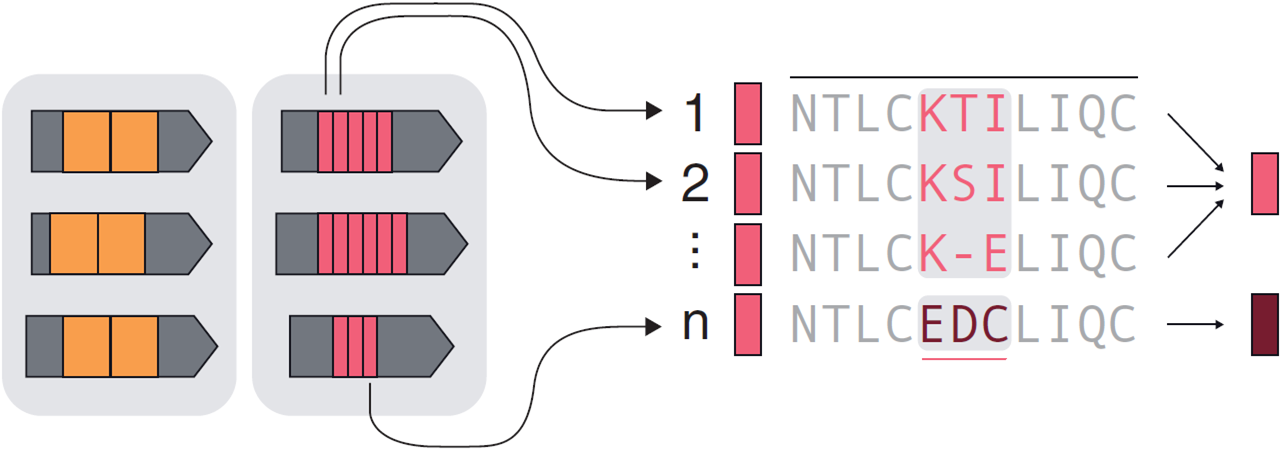Harnessing the genetic diversity of Earth’s microbiome
Nature has created many powerful biomolecules that are hidden in organisms across kingdoms of life. Many of these biomolecules originate from microbes, which collectively contain the most diverse gene pool among living organisms. We are integrating high-throughput computational and experimental approaches to harness the vast diversity of genes in microbes to develop new antibiotics and molecular biotechnology, and to investigate the evolution of proteins and molecular mechanisms in innate immunity.
Novel approaches to antibiotics
The emergence of drug-resistant bacterial infections poses a major public health challenge for the 21st century, with over 2.8 million antibiotic-resistant infections in the U.S. each year. We aim to develop new approaches to combat drug-resistant infections by exploiting and engineering the numerous uncharacterized programmed cell death pathways that naturally occur in bacteria. Using computational mining, microbial genetics, biochemistry, and structural biology, we are characterizing the diverse repertoire of molecular mechanisms in bacterial programmed cell death.
Genome mining for new molecular tools
Restriction enzymes, TALEs, and CRISPR, which have enabled foundational applications including molecular cloning and genome editing, are all examples of technologies derived from microbial genomes. The convergence of high-throughput sequencing, low-cost DNA synthesis, and protein structure prediction gives us now an unprecedented ability to begin to search for these transformative molecular functions on the scale of the global microbiome. Empowered by the billions of microbial genes in sequencing databases, we are developing high-throughput computational and experimental screening pipelines to systematically discover novel enzymes and molecular components that can be harnessed for new biotechnology.
Protein evolution
The rapid expansion of genomic sequencing databases has revealed that many mammalian proteins, such as those in innate immunity, have surprisingly similar homologs in organisms as diverse as bacteria and archaea. We are mining genomic and transcriptomic databases to generate experimentally testable hypotheses about the evolution of protein families with the goal of discovering new functional insights into the human proteome.


